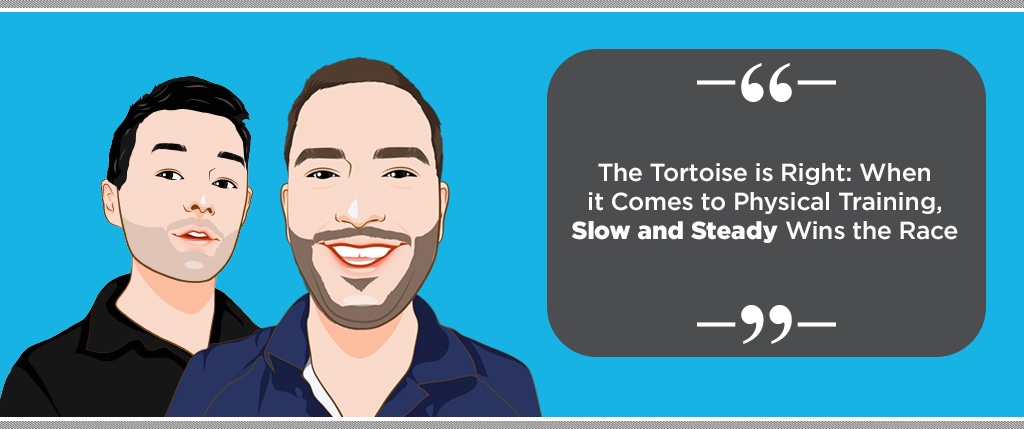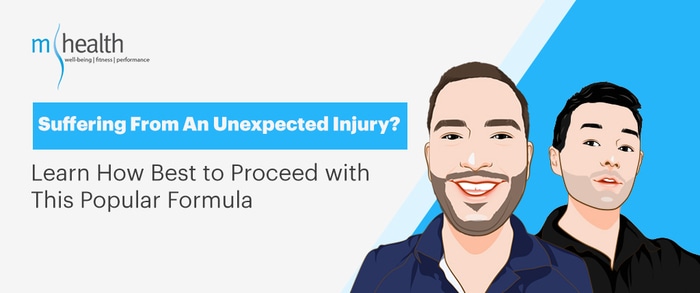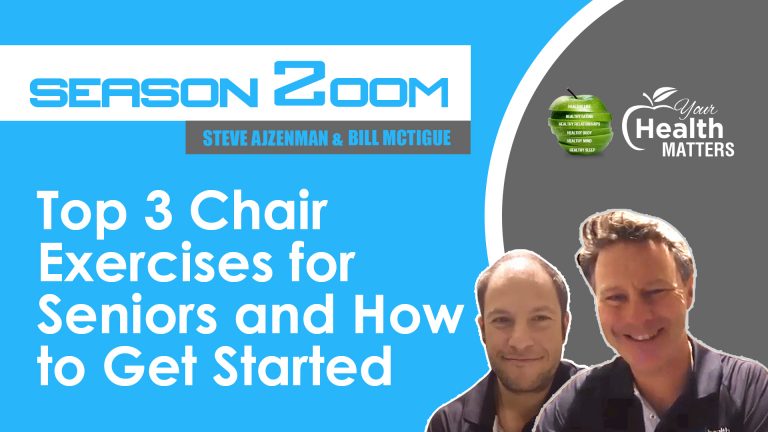Wanting to achieve your lofty fitness goals in a short time can certainly be motivating. However, it can also make you susceptible to overworking (and thereby damaging) your body.
In general, most people start exercise or training routines wanting to see immediate results. These, in turn, can wreak havoc on muscles, producing the opposite of the desired results.
But if you exercise at your own pace and intensity, you get the most out of your physical workouts, without pushing yourself too hard.
The Goldilocks Principle
With this in mind, look at your own training regimen in terms of what we call the “Goldilocks Principle.”
This concept revolves around the idea of not going too light or too extreme with your physical training, but finding what is “just right” which suits your body’s fitness level.

For instance, if you run about a half a mile every other day, it would presumably be too hard on your body to all of a sudden change your routine to a mile a day. This additional exertion could burn your body out and cause injury, potentially leaving you tired and having body pain for weeks.
A better way is to start slow, amping up your training gradually. Thus, slowly move into that full mile but only every other day, or systematically running your normal half a mile but up to five days a week, instead of just two or three.
Take small steps into a heavier exercise load, and you’ll feel better both mentally and physically without straining yourself.
Enhance Your Workouts to Maximise Your Training
You need to know your own fitness level so that you’ll know what could be done to maximise the intensity of your training.
To start, the Department of Health and Human Services suggests these exercise guidelines.
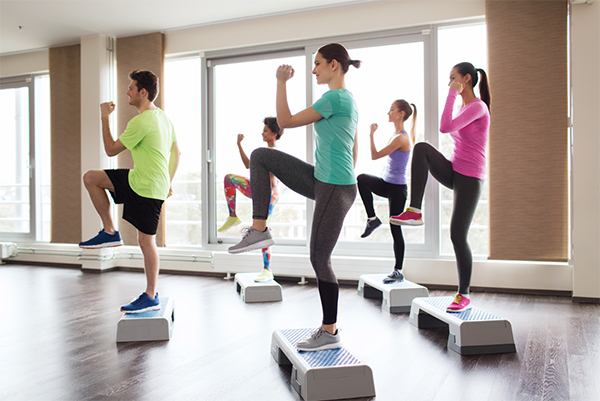
For one, it’s sufficient to do between 2-3 hours a week of moderate aerobic activity, aside from your average daily movements at work and at home. This could include power-walking, swimming or something as simple as quickly mowing the lawn.
For more vigorous aerobic activities, like running, dancing, or playing an intense sport, 75 minutes a week is considered healthy.
It is recommended to combine moderate and vigorous activity. This keeps your body from getting too comfortable, that causes physical progress to plateau.
Besides this important fat-burning cardio, you should carry out strength training simultaneously.

Build up your muscles by strength-training at least twice a week, using either free weights, weight machines or resistance bands. Add more activities that use your own body weight, like rock climbing or heavy gardening, for you to feel the burn and enhance your lean muscle.
Again, you get to decide the duration of your training, just be careful that you don’t push yourself too hard.
Measuring Intensity? Focus on Key Factors
Your reasons for doing the exercises determine the intensity you do the said exercises.
Are you working on becoming more fit? Aiming to lose weight? Training for a competition, or perhaps a combination of all three?
The answers to these questions is the starting point on how hard you need to push yourself and how to best implement a plausible training strategy.

Further, it’s also crucial that you consult your doctor or a certified health professional before making any sudden changes to your fitness routine.
Once you’ve determined the best methods to achieve your goals, there are key ways to begin tracking, or measuring, your intensity levels. In this, focus on your breathing and heart rate, how much you’re sweating and how tired your muscles after the routine.
Heed to what you feel. You will know the effects of the exercise in a few days, telling you exactly how to proceed in the future.
If you’re incredibly sore and can hardly move the next day, you’re likely pushing yourself too hard. But if you’re just feeling tired and sluggish, you may not be exerting enough effort.

Another great indicator on how you should go about your training is your heart rate. For this, a heart rate monitor will be handy. But if you don’t have one, feel your body and gauge the impact of your workout as you go.
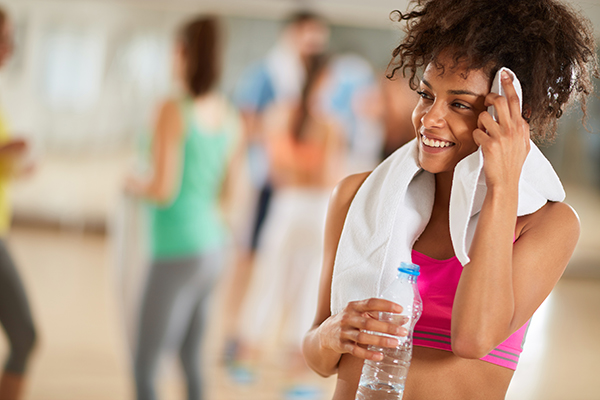
With moderate training, your body should only feel the strain. You will most likely experience :
– Your breathing becomes faster, but you don’t go out of breath;
– You develop a mild sweat after about 10 minutes of your activity;
– You can talk, but will not be able to sing.

Vigorous training activity should feel more challenging. When you do this, you’ll most likely experience:
– Deep, rapid breathing;
– Sweat after only a few minutes of your activity;
– Not being able to say more than a few words without pausing for breath.
Doing the talking test is a great way to compare your own intensity levels and heart rate. However, you should also consider your level of physical fitness.
So, are you looking to measure your training ability? Then follow these simple guidelines to know your physical fitness level, and act accordingly.

